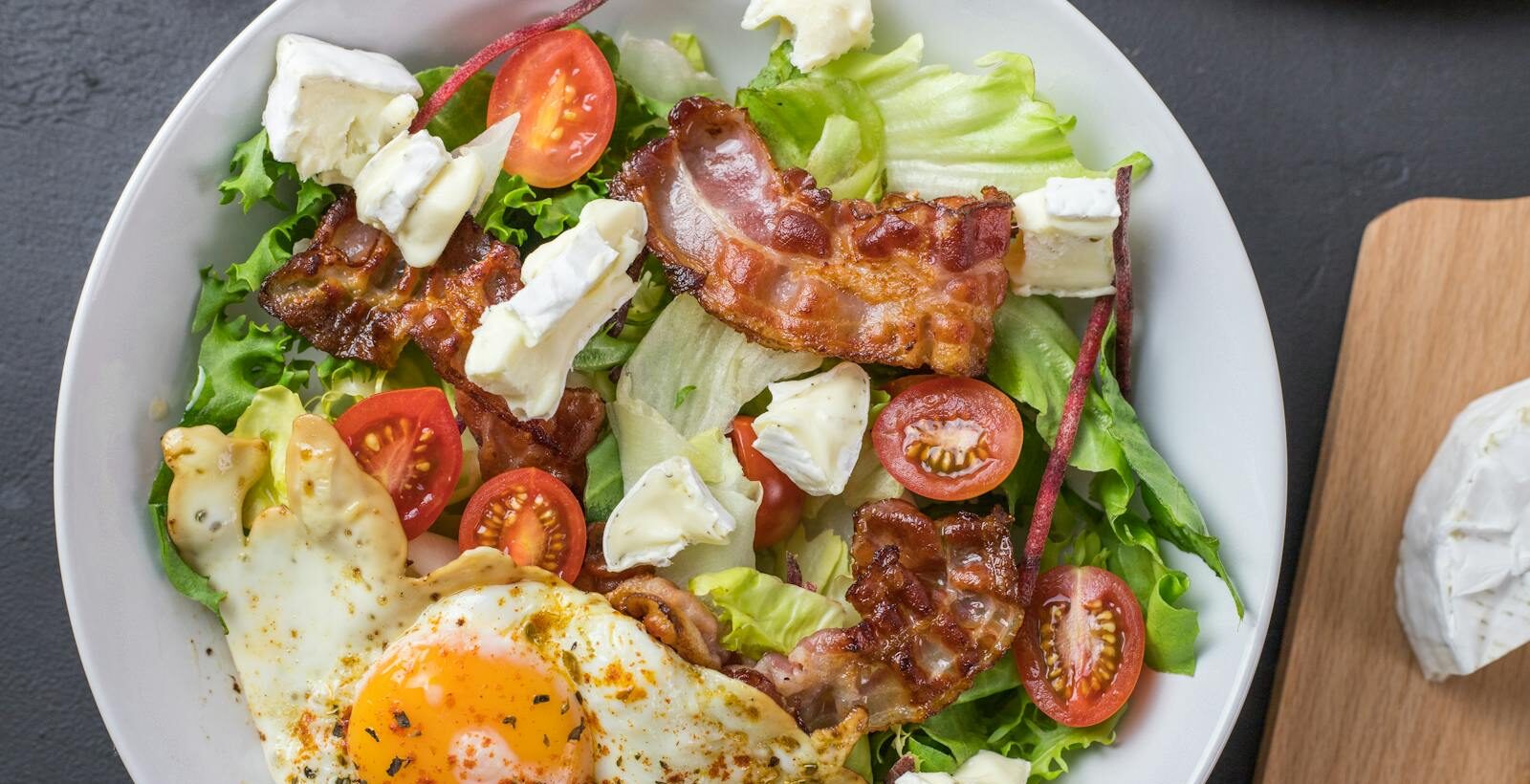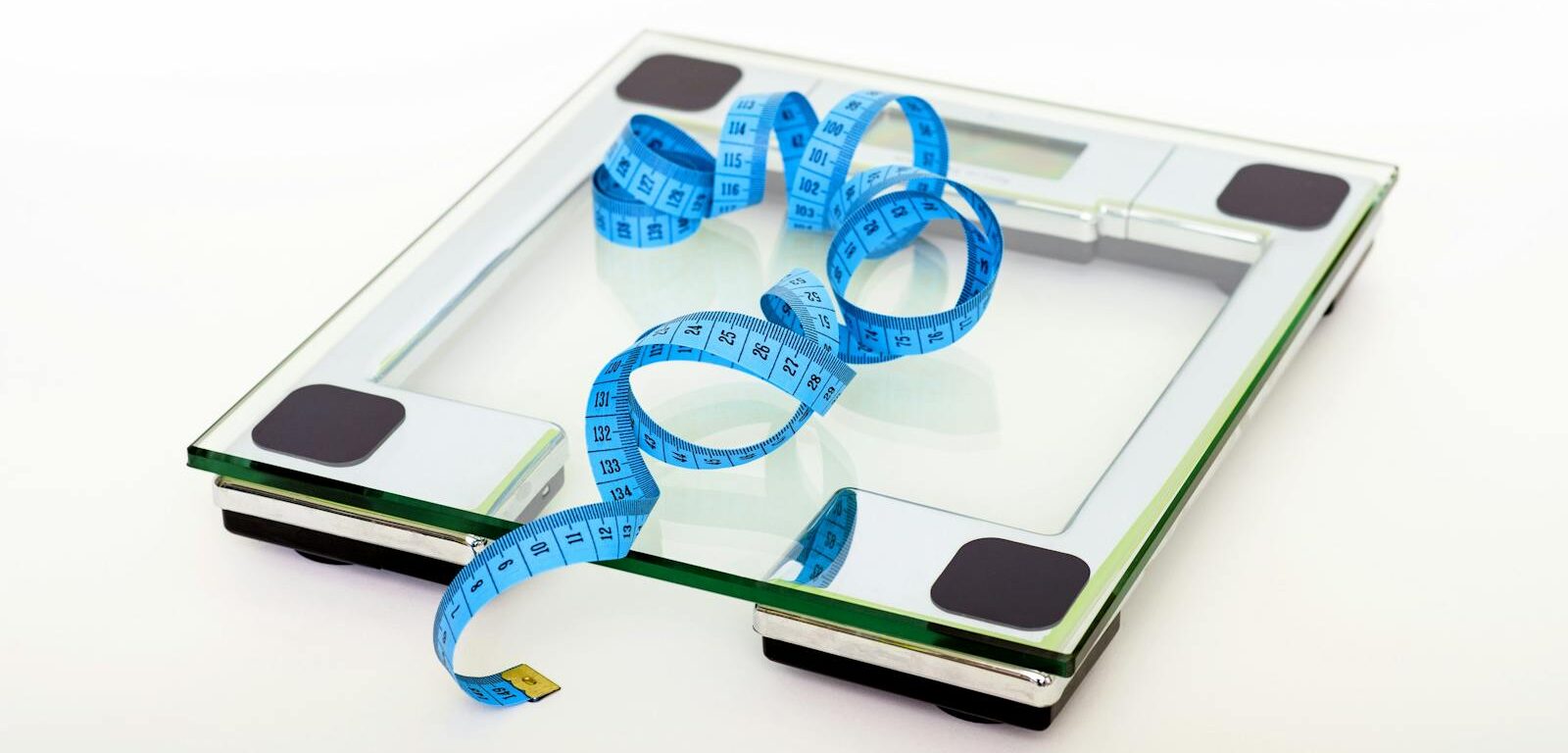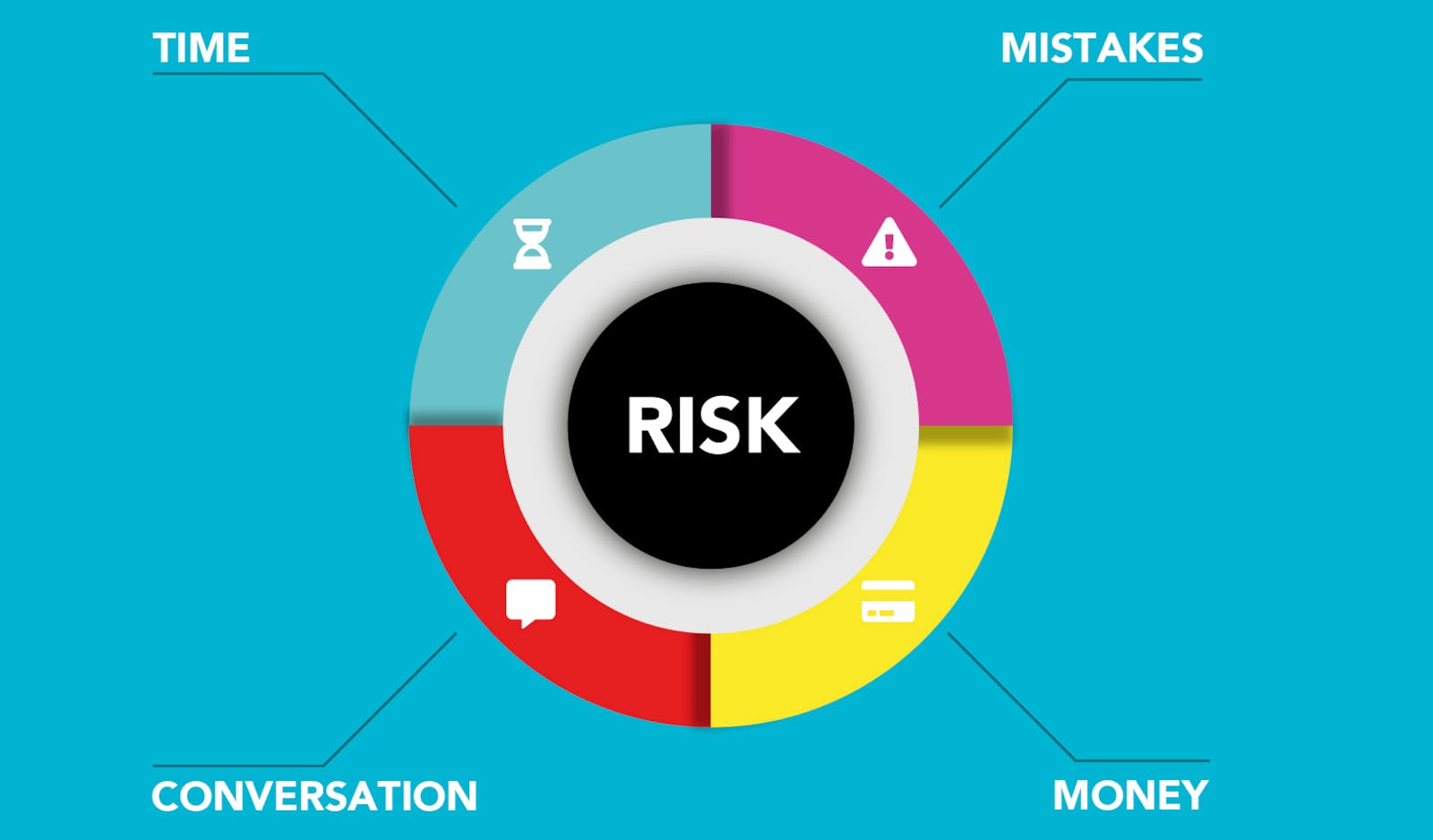Ever felt overwhelmed by the keto diet? You’re not alone. With so much conflicting advice online, starting keto can feel like navigating a maze blindfolded—but it doesn’t have to.
This guide cuts through the confusion and gives you exactly what you need: a simple, science-backed roadmap to kickstart keto the right way. Whether you want to lose weight, boost energy, or take control of your health, we’ll cover:
- What keto really is (and how it’s different from other low-carb diets)
- What to eat (and what to avoid) with beginner-friendly food lists
- How to start strong with a step-by-step plan, meal prep tips, and keto flu fixes
- Common mistakes to dodge—so you don’t waste time or motivation
Plus, grab your free 7-day keto meal plan to make your first week effortless!
Let’s turn “keto confusion” into keto confidence. Ready?
What Is the Ketogenic Diet?

The ketogenic (keto) diet is a low-carb, high-fat eating plan designed to shift your body into ketosis—a metabolic state where you burn fat (instead of carbs) for energy. Originally developed in the 1920s to treat epilepsy, it’s now widely used for weight loss, mental clarity, and metabolic health.
The Science Behind Ketosis
Here’s how it works:
- Carbs (glucose) are typically your body’s primary fuel source.
- When you drastically reduce carbs (to ~20-50g/day), your liver starts converting fat into ketones—an alternative energy source.
- This switch to ketones = ketosis, where you become a fat-burning machine.
Keto vs. Other Low-Carb Diets
Unlike generic low-carb or Atkins diets, keto focuses on:
- Higher fat intake (70-80% of calories)
- Moderate protein (too much can kick you out of ketosis)
- Strict carb limits (most low-carb diets allow more flexibility)
Why Do People Go Keto?
Common goals include:
- Weight loss: Ketosis suppresses appetite and taps into fat stores.
- Mental clarity: Ketones are a super-efficient brain fuel.
- Blood sugar control: Reducing carbs stabilizes insulin levels.
- Energy boost: No more afternoon crashes from sugar spikes.
Pro Tip: Ketosis usually begins within 2–7 days of starting keto, but fat adaptation (full efficiency) takes 4–12 weeks.
How the Keto Diet Works: The Science of Fat-Burning
Unlike traditional diets, keto doesn’t just shrink portion sizes—it rewires your metabolism. Here’s exactly what happens in your body when you switch to keto:
The Macronutrient Shift
- Carbs (5-10% of calories): Restricted to 20-50g daily to deplete glucose reserves
- Fats (70-80% of calories): Become the primary fuel source (oils, butter, avocados)
- Protein (15-20% of calories): Moderately maintained to protect muscle mass
Ketosis: Your Metabolic Switch
When carbs are scarce, your body initiates these changes:
- Day 1-2: Liver glycogen (stored glucose) gets depleted
- Day 2-4: Liver starts converting fat into ketones
- Day 4+: Brain and muscles begin using ketones for 70%+ of energy
The Fat-Adaptation Process
Burning fat efficiently requires biological upgrades:
- Mitochondria multiply to process more fatty acids
- Enzyme production shifts to favor fat metabolism
- Hunger hormones stabilize (ghrelin decreases, leptin sensitivity improves)
Insulin’s Crucial Role
Keto works because it minimizes insulin spikes:
- Low carb intake → lower blood sugar → less insulin needed
- Stable insulin allows fat cells to release stored energy
- Reduced insulin resistance improves metabolic flexibility
Key Insight: It takes most people 4-12 weeks to become fully fat-adapted. During this transition, you might experience the “keto flu” as your body adjusts.
4 Powerful Benefits of Keto for Beginners

While weight loss gets all the attention, keto offers surprising advantages that kick in fast—often within the first week. Here’s why beginners love it:
1. Effortless Weight Loss
- Burns stored fat by design (ketosis = fat-burning mode)
- Reduces water weight quickly (up to 10 lbs in the first week)
- Curbs hunger naturally—ketones suppress ghrelin (the hunger hormone)
2. Laser-Sharp Mental Clarity & Steady Energy
- Ketones fuel your brain 25% more efficiently than glucose
- No more afternoon crashes—stable energy without sugar spikes
- Many report improved focus (nicknamed “keto clarity“)
3. Bye-Bye, Sugar Cravings
- Balances blood sugar → reduces addictive sugar cravings
- High-fat foods keep you full for hours (no frantic snacking)
4. Better Blood Sugar Control
- Lowers insulin resistance—ideal for prediabetes/Type 2 diabetes
- Studies show HbA1c reductions in as little as 3 months
Bonus: PCOS & Metabolic Health
- May regulate hormones in women with PCOS
- Improves metabolic markers (triglycerides, HDL cholesterol)
Pro Tip: These benefits compound over time. Most beginners notice mental clarity within days, while fat loss becomes obvious in weeks 3-4.
👉 Ready to start? Grab your free keto meal plan to experience these benefits firsthand.
5 Costly Keto Mistakes Beginners Make (And How to Avoid Them)

Even with the best intentions, simple missteps can derail your keto progress. Here’s what to watch for:
1. Not Eating Enough Fat
- The problem: Replacing carbs with protein instead of fat
- The fix: Add healthy fats to every meal (avocados, olive oil, nuts)
- Pro tip: Your plate should be 70% fat by calories
2. Hidden Carb Traps
- Common culprits: Sauces, dressings, processed “keto” snacks
- Smart swap: Make your own condiments using full-fat mayo/oil
- Must-do: Read every label – even “sugar-free” products often contain maltodextrin
3. Electrolyte Neglect
- Why it matters: Low sodium/potassium = headaches, fatigue (keto flu)
- Simple solution: Drink 1-2 cups of bone broth daily
- Bonus: Add a pinch of salt to your water with lemon
4. Dirty Keto Pitfalls
| Clean Keto | Dirty Keto |
|---|---|
| Whole foods (veggies, quality meats) | Processed meats, artificial sweeteners |
| Nutrient-dense | Meets macros but lacks nutrients |
Remember: While dirty keto might keep you in ketosis, clean keto delivers better energy, digestion, and long-term results.
5. Overcomplicating the Start
- Newbie error: Trying to track every macro from day one
- Better approach: Focus first on cutting carbs, then refine
- Starter hack: Use our free keto grocery list to simplify shopping
⚠️ Watch out: These mistakes cause 80% of beginner struggles. Bookmark this section for your first month!
Keto Food List: What to Eat on the Ketogenic Diet
Building your keto plate is simpler than you think. Focus on these real, nutrient-dense foods to stay in ketosis while enjoying delicious meals:
🍗 Protein (20-25% of calories)
- Poultry: Chicken, turkey, duck
- Red meat: Beef, lamb, bison (choose grass-fed when possible)
- Pork: Bacon, ham, pork chops
- Fish: Salmon, tuna, mackerel (fatty fish are ideal)
- Eggs: Pasture-raised preferred
🥑 Healthy Fats (70-75% of calories)
- Oils: Olive oil, coconut oil, avocado oil
- Butter/Ghee: Great for cooking
- Avocados: Nature’s perfect keto food
- Nuts/Seeds: Almonds, walnuts, chia seeds, flaxseeds
- Olives: Easy keto snack
🥦 Low-Carb Vegetables (5-10% carbs)
- Leafy greens: Spinach, kale, arugula
- Cruciferous: Broccoli, cauliflower, Brussels sprouts
- Others: Zucchini, asparagus, bell peppers (in moderation)
🧀 Dairy (Optional)
- Cheeses: Cheddar, mozzarella, brie (hard & soft cheeses)
- Heavy cream: For coffee or sauces
- Greek yogurt: Full-fat, unsweetened
Pro Tip: Download our free printable keto grocery list to take to the store!
🚫 What to Limit
- Grains (wheat, rice, oats)
- Sugary foods (including most fruits)
- Starchy vegetables (potatoes, corn)
- Processed foods (even if labeled “low-carb”)
Keto No-Nos: What Not to Eat on the Ketogenic Diet
While keto offers delicious options, certain foods can kick you out of ketosis or stall your progress. Watch out for these common culprits:
🚨 Major Offenders
❌ Sugary Foods
- Soda, juice, and sweetened drinks
- Candy, cookies, and pastries
- Most store-bought granola/protein bars
❌ Grains & Starches
- Bread, pasta, and rice
- Cereals and oatmeal
- Potatoes and corn
❌ High-Carb Fruits
- Bananas, mangoes, and grapes
- Apples and oranges
- Most dried fruits
- Better choice: Berries (in moderation)
❌ Beans & Legumes
- Lentils and chickpeas
- Black/kidney/pinto beans
- Peas and hummus
🕵️ Hidden Carb Traps
These sneaky sources can sabotage your keto efforts:
- Sauces & Dressings: Ketchup, BBQ sauce, teriyaki
- Processed Meats: Some sausages and deli meats contain fillers
- “Low-Fat” Products: Often packed with added sugar
- Alcohol: Beer, sweet wines, and cocktails
Smart Tip: Always check nutrition labels for total carbs (not just sugar).
🔄 Keto-Friendly Swaps
| Instead of… | Try… |
|---|---|
| Pasta | Zucchini noodles or shirataki noodles |
| Rice | Riced cauliflower |
| Sugar | Stevia or erythritol |
| Potato chips | Pork rinds or cheese crisps |
How to Start Keto: Your 7-Day Game Plan

Transitioning to keto doesn’t need to be overwhelming. Follow this step-by-step roadmap to set yourself up for success from day one:
📌 Day 1: Pantry Overhaul
- Remove temptations: Clear out grains, sugars, and processed snacks
- Stock keto staples: Olive oil, coconut oil, nuts, canned fish
- Pro tip: Donate non-perishables to avoid waste
📝 Day 2-3: Meal Planning
- Use our free 7-day meal plan or create your own
- Focus on simple recipes: 3-5 ingredient meals for week 1
- Example day:
- Breakfast: Scrambled eggs with avocado
- Lunch: Chicken salad with olive oil dressing
- Dinner: Salmon with roasted broccoli
🛒 Day 4: Grocery Shopping
- Shop the perimeter: Fresh meats, fish, vegetables
- Must-buy items:
- Proteins: Eggs, chicken thighs, ground beef
- Veggies: Spinach, zucchini, cauliflower
- Fats: Avocados, butter, olive oil
- Download our printable shopping list
💧 Day 5: Electrolyte Prep
- Make ketoade: Water + lemon + salt + potassium salt
- Stock up on:
- Magnesium glycinate supplements
- Bone broth (homemade or store-bought)
🍳 Day 6: Meal Prep Day
- Batch cook: Hard-boil eggs, roast vegetables, cook proteins
- Prep snacks: Cheese portions, veggie sticks, fat bombs
- Storage tips: Use glass containers for easy reheating
📱 Day 7: Tech Setup
- Install a tracking app: Carb Manager or Cronometer
- Set macros: 70% fat, 25% protein, 5% carbs
- Join our support community for accountability
🚀 Day 8+ Staying On Track
- Weigh yourself only once weekly
- Take “before” photos for progress tracking
- Expect some keto flu symptoms – they’ll pass!
Keto Flu: What It Is and How to Beat It

That sluggish, achy feeling during your first keto week? That’s the infamous keto flu—your body’s temporary adjustment period. Here’s exactly how to handle it.
Why Keto Flu Happens
When you ditch carbs, three key changes occur:
- Water loss: Lower insulin causes rapid water/sodium excretion
- Electrolyte imbalance: Key minerals (potassium, magnesium) get flushed out
- Energy shift: Your brain waits for ketones while glucose stores deplete
⚠️ Common Symptoms
Headache
#1 sign of sodium deficiency
Fatigue
From low potassium/magnesium
Muscle Cramps
Electrolyte imbalance
Brain Fog
Brain adapting to ketones
🛠️ Fixes That Work (Fast)
Sodium Boost
- Drink 2 cups bouillon daily
- Add sea salt to water/food
- Target: 5-7g sodium/day
Potassium Fix
- Eat 2 avocados daily
- Spinach, mushrooms, salmon
- NoSalt® potassium salt
Magnesium Relief
- 300-400mg glycinate at bedtime
- Eat pumpkin seeds, almonds
- Epsom salt baths
💡 Prevention Tips
- Pre-load electrolytes 3 days before starting keto
- Drink 3L water daily + pinch of salt
- Follow our keto flu prevention guide
Good news: Symptoms usually pass in 3-5 days if you replenish electrolytes. Power through—it’s worth it!
Essential Keto Tools to Simplify Your Journey
The right tools can make keto effortless. Here are the must-have resources we recommend to all beginners:
📱 Best Keto Tracking Apps
Carb Manager
- Best for: Detailed macro tracking
- Key feature: Barcode scanner for foods
- Free version: Yes (premium unlocks recipes)
MyFitnessPal
- Best for: General food logging
- Pro tip: Customize macros to keto ratios
- Database size: Largest available
Cronometer
- Best for: Nutrition geeks
- Shows: 60+ micronutrients
- Accuracy: Lab-verified data
🖨️ Free Printable Planners
For those who prefer pen-and-paper tracking:
- Weekly Keto Planner: Meal grids, shopping lists, and progress trackers
- Macro Cheat Sheet: Common foods with net carbs
- Electrolyte Tracker: Daily intake log
💊 Electrolyte Must-Haves
LMNT
- Why: Perfect sodium/potassium ratio
- Flavors: Citrus salt, raspberry
- No: Sugar or artificial junk
Natural Calm
- Why: Magnesium glycinate powder
- Bonus: Helps with sleep
- Use: At bedtime in warm water
DIY Ketoade
- Recipe: Water + lemon + salt + potassium salt
- Cost: Pennies per serving
- Customizable: Add flavored stevia
⚡ Pro Tip: Start Simple
Don’t overwhelm yourself trying to use every tool at once. Pick one tracking method (app OR printable) and one electrolyte source to begin.
Essential Keto Tools: Trackers, Planners & Supplements
These battle-tested resources will help you stay on track without overwhelm:
📱 Keto Tracking Apps Compared
| App | Best For | Free Version | Premium |
|---|---|---|---|
| Carb Manager | Detailed macro tracking | Yes | $39/year |
| MyFitnessPal | General food logging | Yes | $79/year |
| Cronometer | Nutrition geeks | Yes | $49/year |
Our pick: Carb Manager for keto-specific features
💊 Electrolyte Solutions
Commercial Options
LMNT Electrolyte Packets
Pros: Perfect ratios, no sugar, great flavors
Cons: Pricier than DIY
DIY Ketoade
Homemade Electrolyte Drink
- 1L water
- 1/4 tsp salt
- 1/4 tsp potassium salt
- Squeeze of lemon
Cost: About $0.10 per serving
⚡ Pro Tip: The 1-Tool Rule
Start with just one tracking method (app OR printable) + one electrolyte source. Add more tools only if needed.
Custom Keto Meal Plans for Every Lifestyle
One size doesn’t fit all with keto. Choose the plan that matches your needs:
Keto Beginner FAQs
⏳ How long does it take to get into ketosis?
Most people enter ketosis within 24-48 hours of eating under 20g net carbs. Full fat adaptation takes 4-12 weeks.
📊 Can I do keto without tracking macros?
Yes! Try the “lazy keto” approach:
- Simply count carbs (stay under 20g)
- Eat fat until full
- Monitor how your clothes fit
🍕 What if I cheat on keto?
One cheat meal typically:
- Kicks you out of ketosis for 24-48 hours
- May cause water weight gain
- Solution: Fast 16 hours + exercise to return to ketosis faster
❤️ Is keto safe long-term?
Research shows keto is safe for 6-12 months for most people. For longer-term:
- Cycle to 50g carbs 1-2 days/week
- Focus on nutrient density
- Monitor cholesterol/energy levels
🏋️ Can I work out while on keto?
Absolutely! Adjust for the first 4 weeks:
- Reduce intensity by 20%
- Try shorter, more frequent workouts
- Take electrolytes pre/post workout
Final Tips for Keto Success
🍳 Start Simple
Master these 3 basics first:
- Stay under 20g net carbs
- Drink electrolytes daily
- Eat when hungry (no calorie counting at first)
🥩 Real Food Focus
Avoid “keto” processed foods. Prioritize:
- Grass-fed meats
- Wild-caught fish
- Organic low-carb veggies
📆 Weekly Tracking
Measure progress every Monday:
- Weight (optional)
- Waist circumference
- Energy levels
- Clothing fit
🤝 You’re Not Alone!
Join our free Keto Beginners Facebook group for:
- Daily recipe ideas
- Troubleshooting help
- Motivation from others




